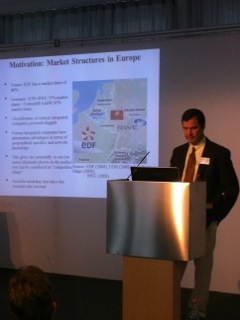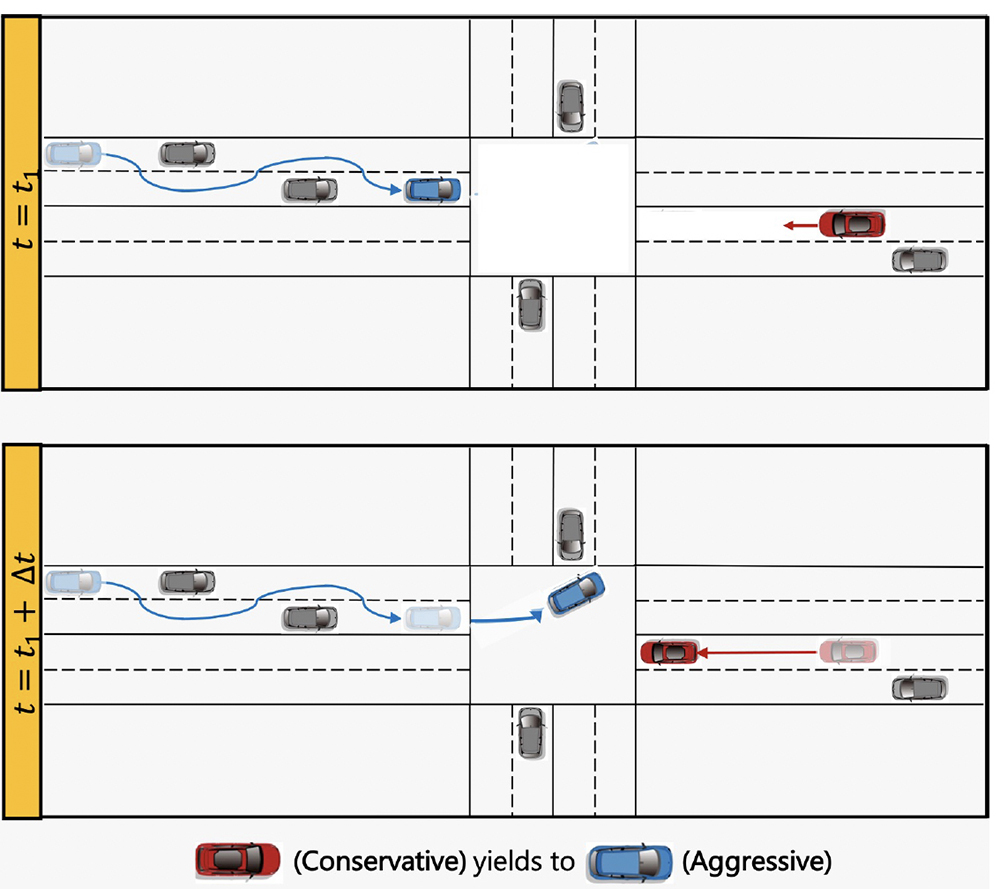News Story
Gabriel authors new book on complementarity modeling in energy markets
ISR-affiliated Associate Professor Steven Gabriel (CEE) is the lead author of Complementarity Modeling in Energy Markets recently published by Springer.Gabriel’s co-authors are Antonio J. Conejo, Universidad de Castilla - La Mancha; J. David Fuller, University of Waterloo; Benjamin F. Hobbs, Johns Hopkins University; and Carlos Ruiz, École Centrale Paris.
This book presents mathematical, engineering, and economic models for the energy sector based on optimization and game theory collectively called "complementarity."
Complementarity models are a very general and flexible modeling format. The book applies them to energy markets for the first time and shows how complementarity models are well suited to situations which mix primal and dual variables.
Energy or other markets that have game theoretic aspects are best modeled by complementarity problems. Due to deregulation and restructuring of these markets the traditional perfect competition approach no longer applies; thus corresponding optimization problems may no longer hold. Also, in some instances it is important in the original model formulation to involve both primal variables (e.g., production) as well as dual variables (e.g., market prices) for public and private sector energy planning. Traditional optimization problems can not directly handle this mixing of primal and dual variables but complementarity models can and this makes them all that more effective for decision-makers.
The models are introduced in a straightforward and approachable manner. Then they are used to carry out an in-depth analysis of energy markets, including formulation issues and solution techniques. The complementarity models generalize:
• optimization problems via their Karush-Kuhn-Tucker conditions
• non-cooperative games in which each player may be solving a separate but related optimization problem with potentially overall system constraints (e.g., market-clearing conditions)
• economic and engineering problems that aren’t specifically derived from optimization problems (e.g., spatial price equilibria), and
• problems in which both primal and dual variables (prices) appear in the original formulation (e.g., The National Energy Modeling System (NEMS) or its precursor, PIES).
The book is suitable for graduate students or researchers in engineering, operations research, or economics.
Published July 27, 2012







